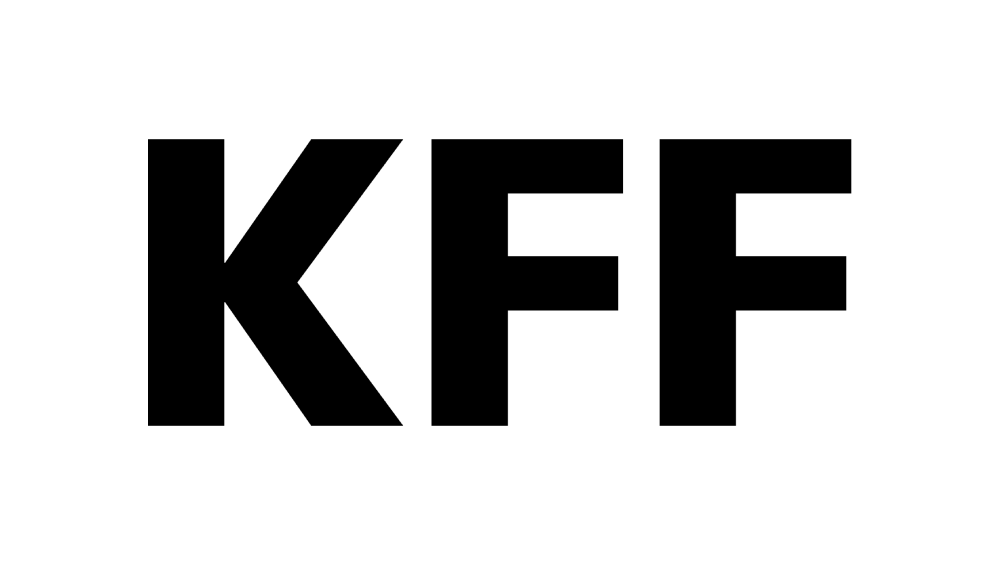 Coverage of Colonoscopies Under the Affordable Care Act’s Prevention Benefit
Report
Coverage of Colonoscopies Under the Affordable Care Act’s Prevention Benefit
Report
The Affordable Care Act (ACA) requires private health insurers to cover recommended preventive services such as colonoscopies without any patient cost-sharing. This report finds that confusion over whether colon cancer screenings are preventive care or treatment means patients sometimes receive unexpected bills for the procedure. The report examines cost-sharing practices for colorectal screenings through interviews with experts and officials in the medical and insurance industries.
This report was co-authored by The Kaiser Family Foundation, American Cancer Society, and National Colorectal Cancer Roundtable.